Important Biofertilizers and their usage in different crops
In recent years ,due to modernization and increased population agriculture is becoming more dependent on chemical fertilizers, over usage of chemical fertilizers in higher amounts however has resulted in increased crop yields whereas, the adverse effect of these chemical fertilizers has resulted in decreased soil structure and microflora.
Biofertilizers are organic fertilizers which assists in maintaining nutrients as well as soil microflora which are beneficial for the plant growth.
Being a component of integrated nutrient management, biofertilizers are cost effective and are renewable energy sources, in addition biofertilizers results in economical and environmental benefits
Biofertilizers basically contain living organisms which when added to the soil makes the insoluble nutrients present in the soil to the soluble form thus making them available to the host plant.
Types Of Biofertilizers
The following are the different types of biofertilizers that aids in plant growth at different stages
- Nitrogen fixing biofertilizers
- Phosphorus solubilizing biofertilizers
- Potassium solubilizing biofertilizers
- Zinc solubilizing biofertilizers
- Liquid biofertilizers
1. Nitrogen Fixing Bacteria
Nitrogen fixation is carried out in soil naturally by microorganisms, these microorganisms fixes atmospheric nitrogen and makes them available to the host plants, nitrogen fixing bacteria are of three types which include: symbiotic nitrogen fixing bacteria, asymbiotic nitrogen fixing bacteria and free living bacteria, following are some of the important nitrogen fixing bacteria and procedure to use them:
-
Rhizobium : Rhizobium is the biofertilizer used exclusively for leguminous plants, redgram, green gram, bengal gram, groundnut and soybean are some of the important leguminous crops where rhizobium culture is used for seed treatment. The rhizobium bacteria stimulate and form root nodules in the plants, thus converting free nitrogen to ammonia within the root nodules and makes them available to the host plant. Different strains of rhizobium cultures are used for different crops. Therefore the farmer should use only prescribed Rhizobium for any given crop
Process : 200 grams of rhizobium culture per acre would be sufficient, Rhizobium reduces the use of nitrogen fertilizer by 25-30%. Add 10 grams of sugar or jaggery or porridge powder in 100 ml of water and boil for ten minutes, let it get cool. Sprinkle this solution in 10 kg seed and add 200 grams rhizobium culture powder to the seed, this makes a layer of coating around the seeds, this process is followed in polythene bags, the seeds must be kept in shade for 10 minutes before sowing.
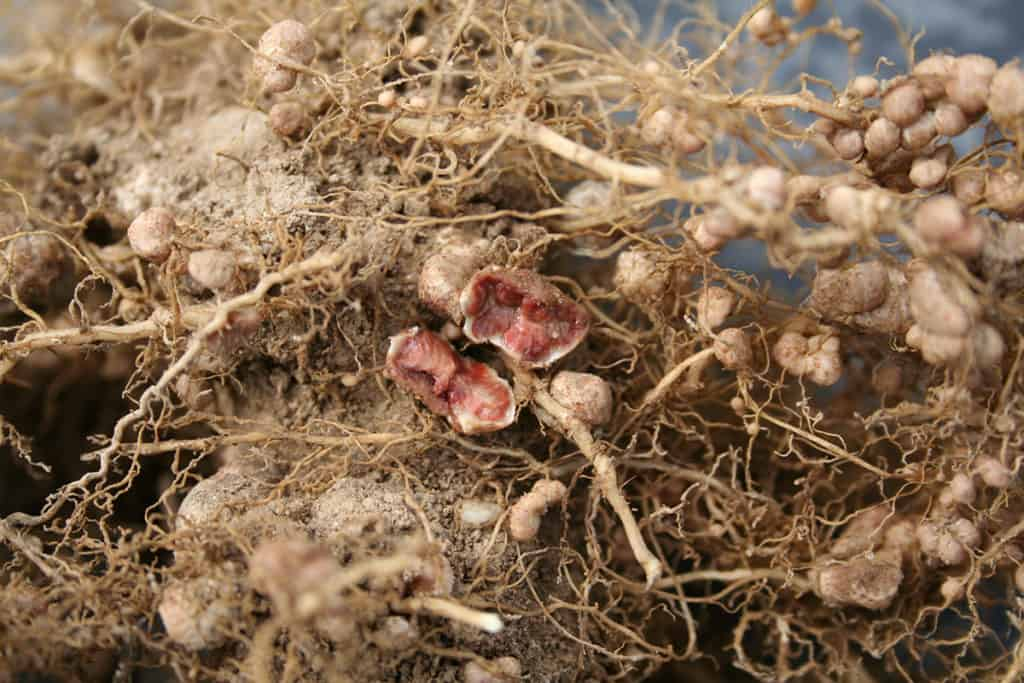
-
Azotobacter: This bacteria not only helps in nitrogen fixation but also supplies vitamins and growth hormones to the host plant, Azotobacter works effectively in soils with high organic carbon content , hence it is recommended to apply for vegetable and flower crops
Process: 2 kg of culture is mixed with 200 kg of organic manure, this mixture is broadcasted in one acre before sowing seeds. Enough moisture is maintained in the soil before and after applying the fertilizer.
-
Azospirillum: Its importance has been increasingly recognized in recent times. Bacteria can grow around the plant roots and even enter into the roots where they are likely to live. Due to this reason azospirillum has a high percentage of fixing atmospheric nitrogen and makes them available to the plant.In addition it also produces gibberellic acid and auxins for plant growth, This biofertilizer is used for all the crops except legumes.
Process: for short duration crops, mix 2kg azospirillum with 80-100 kg organic manure, this mixture is sufficient for one acre of land.
-
Blue green algae(cyanobacteria): This bacteria is exclusively used for paddy and contains nostoc anabaena and many other cyanobacterias. Farmers raise blue green algae in small pots. It is applied in paddy fields after transplanting. If this biofertilizer is applied in three consecutive cropping seasons then it does not need to be applied for the next season.
Process: Fertilizer should be mixed with 40-50 kg of organic manure. 4-6 kg of this mixture is applied per acre of field. This biofertilizer not only helps in nitrogen fixation but also acts as an organic manure.
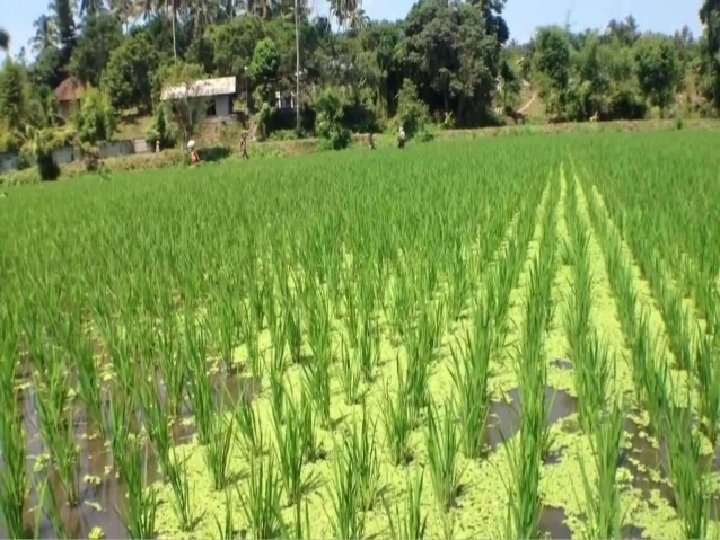
ALSO READ: 8 IMPORTANT TECHNIQUES TO IMPROVE CROP PRODUCTIVITY IN AGRICULTURE
2. Phosphate Solubilizing Bacteria
Phosphorus is not available in element form in the soil, it is present in the soil solution either as insoluble inorganic fertilizer and soluble inorganic fertilizer, deficiency of phosphorus results in stunted growth and reduced yield. Phosphate solubilizing microorganisms (PSMs) are group of beneficial microorganisms capable of hydrolyzing organic and inorganic phosphorus compounds from insoluble compounds
Phosphate solubilizing bacteria are of two types based on their activity and include phosphate solubilizers and phosphate mobilizers , the following are some important phosphate solubilizing bacteria along with the process of their utilization.
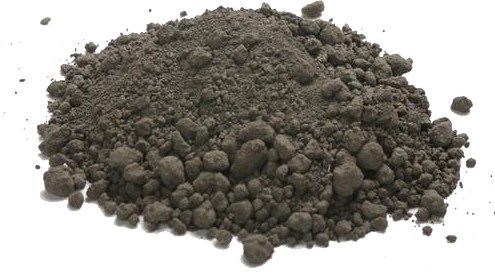
-
Phosphorus solubilizing bacteria (Phosphobacteria): This biofertilizer is mainly made using Bacillus megatherium or Pseudomonas. Phosphorus solubilizing bacteria convert unavailable phosphorus to available form, it can be used for almost all crops. It not only helps in supplying phosphorus to the plants but also generates growth hormones, and makes the plant disease resistant. Thus increasing yields.
Process: 2kg phosphobacteria is mixed with 200 kg of organic manure, this mixture is applied to the field during land preparation.
-
Phosphate mobilizing bacteria (mycorrhiza,(VAM)) : The fungus Vesicular Arbuscular Mycorrhizal (VAM) has the potential to break down phosphates that are abundant in the soil. VAM supplies the plants with the required strength to resist disease germs and unfavourable weather conditions in addition to increasing phosphorus availability
Process: Apply 5 kg of phosphobacteria per acre . It is to be noted that this biofertilizer is applied at a root level
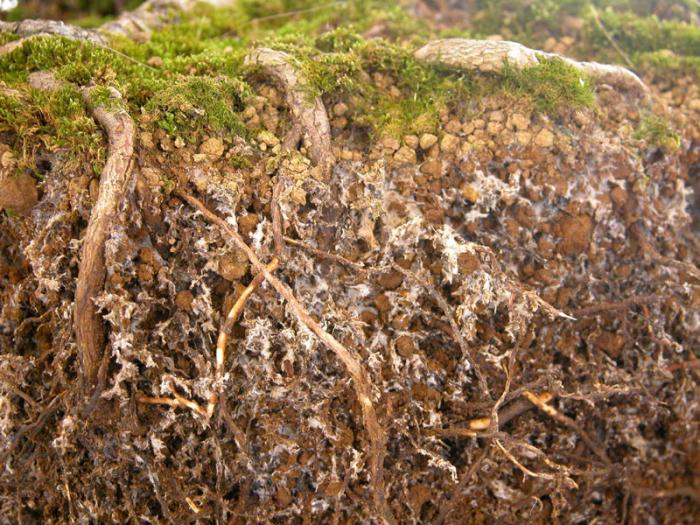
3. Potassium Solubilizing Biofertilizers:
Potassium solubilizing bacteria convert unavailable potassium to available form, These fertilizers became popular in recent times, Of these, the bacterium Proturia is given as potassium mobilizers. In addition, some species of Bacillus are also used as potassium solubilizing biofertilizers.
Process: 2 kg of biofertilizers is mixed with 100 kg of organic manure, this mixture is broadcasted during field preparation. The biofertilizers work effectively in oil seeds.
4. Zinc Solubilizing Biofertilizers:
Zinc solubilizing biofertilizer has been manufactured in many private companies in recent times using certain bacillus species. It works effectively in paddy, maize and many other field crops.
5. Liquid Biofertilizers
Liquid biofertilizers are microbial preparations containing certain beneficial microorganisms that, by their biological activity, are capable of fixing, solubilizing, or mobilising plant nutrients.
- Dosage : Spray 300-500 ml of the liquid fertilizer per acre
- Seed treatment: 5-6ml of the liquid fertilizer is used for 1 kg seed, 5-6ml of fertilizer is added to 10% sugar or jaggery solution, this mixture is coated evenly around the seeds, the seeds are placed in shade 10 minutes before sowing.
- Land application: 300-500 ml of liquid biofertilizer is mixed with 100-200 kg organic manure, this mixture in turn is mixed with 10 litres of water, together this mixture is applied to the soil before land preparation.
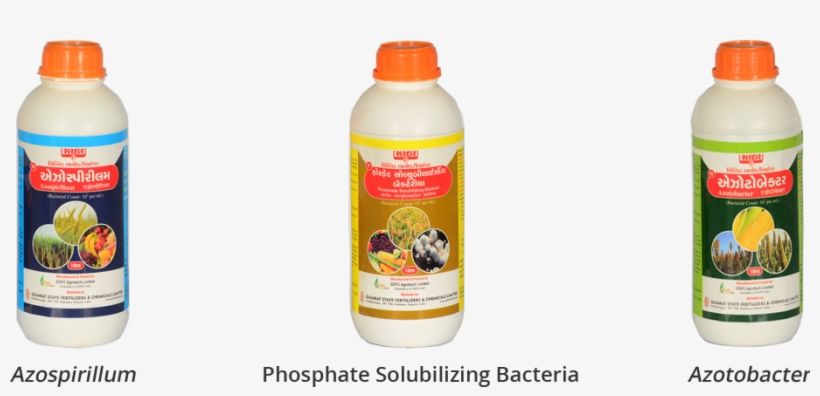
Uses of liquid biofertilizers
- Liquid biofertilizers have the longest storage period and can be stored upto one year.
- Since these fertilizers are available readily in bottles, there is a less probability of contamination with other bacterial cultures.
- Application of liquid biofertilizers is easy when compared to normal biofertilizers
- Easy absorption by the plants
- Can tolerate any kind of temperatures
- Higher yields
ALSO READ: THIS RABI SEASON TELANGANA FARMERS GROWING VEGETABLES INSTEAD OF PADDY
Care to be taken before using biofertilizers
- Should be stored in cool and dry places
- Farmer should use only prescribed biofertilizer for a particular crop
- Biofertilizers Should be used before expiry date
- Care should be taken that chemical fertilizers are not used along with biofertilizers
- Only use quality culture for effective results
- Enough moisture is maintained in the soil while applying biofertilizers.
Challenges faced by market
- Lack of awareness in farmers about biofertilizers and its usage is creating a challenge for the market
- Farmers prefer chemical fertilizers as they are easy to handle
- Shelf-life of biofertilizers is limited to certain period after which they do not work effectively when applied
- Biofertilizers run a highest risk of contamination and the microbes present in biofertilizers become viable when exposed to higher temperatures
Uses Of Biofertilizers
- Biofertilizers are eco friendly, thus Controls environmental pollution
- Biofertilizer is an effective tool, which helps in replenishing soil nutrition and has gained a high demand in the market
- Biofertilizers enriches the soil with beneficial microorganisms
- Helps in effective supply of vitamins and growth hormones to the plants
- Improves soil profile
- Cost effective
- Increased yields
Biofertilizers offer a huge potential for widespread use offering both economical and environmental advantage to farmers and commercial viability to production units. Various research groups and organizations are engaged in research and development on biofertilizers and have made their efforts to increase the application of biofertilizers. However, better yields are obtained only by using quality culture and the method of applying the culture in the field, biofertilizers are mostly used in organic method of farming, for more information about organics farming, download the Jai Ho Kisan app, Jai Ho Kisan is the mobile application envisioned to help farmers in getting better yields.